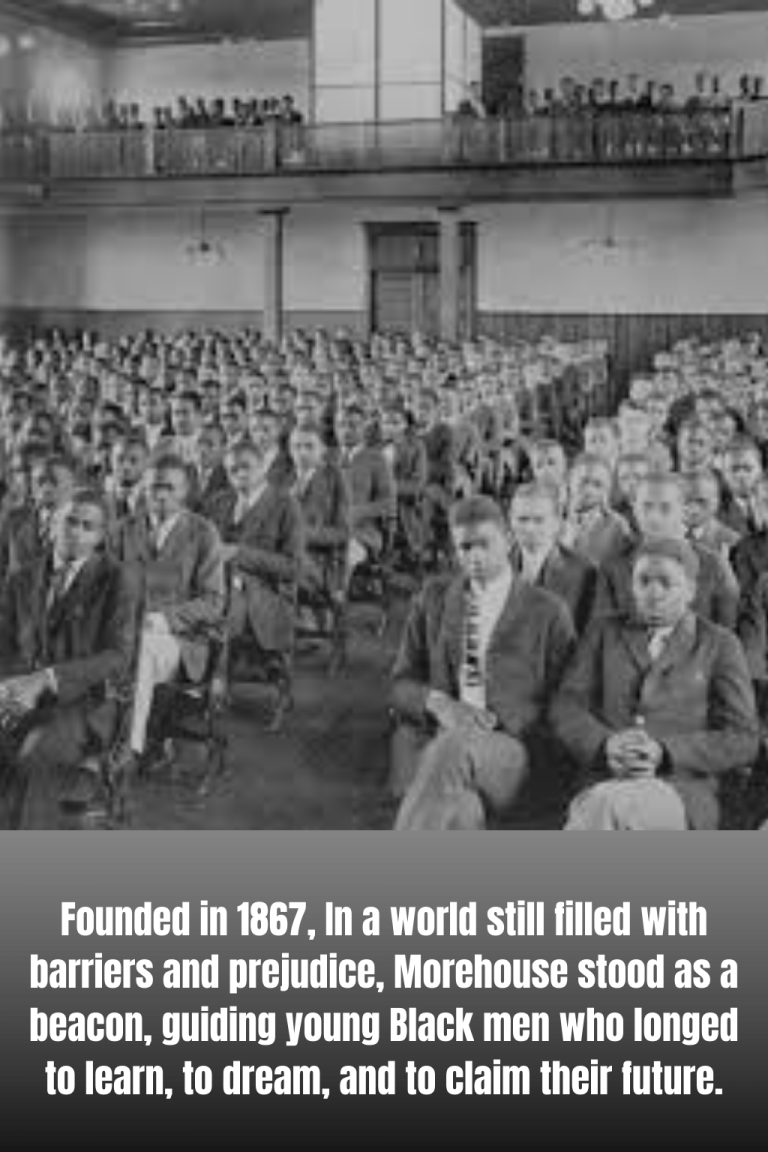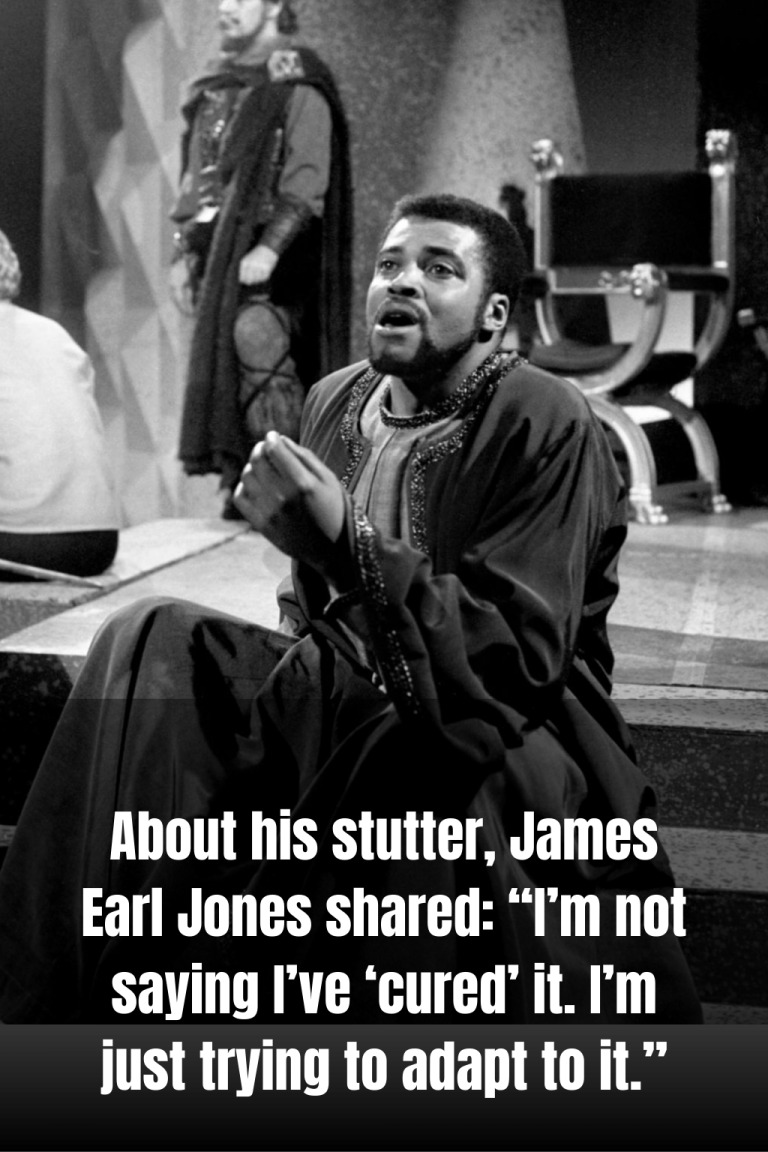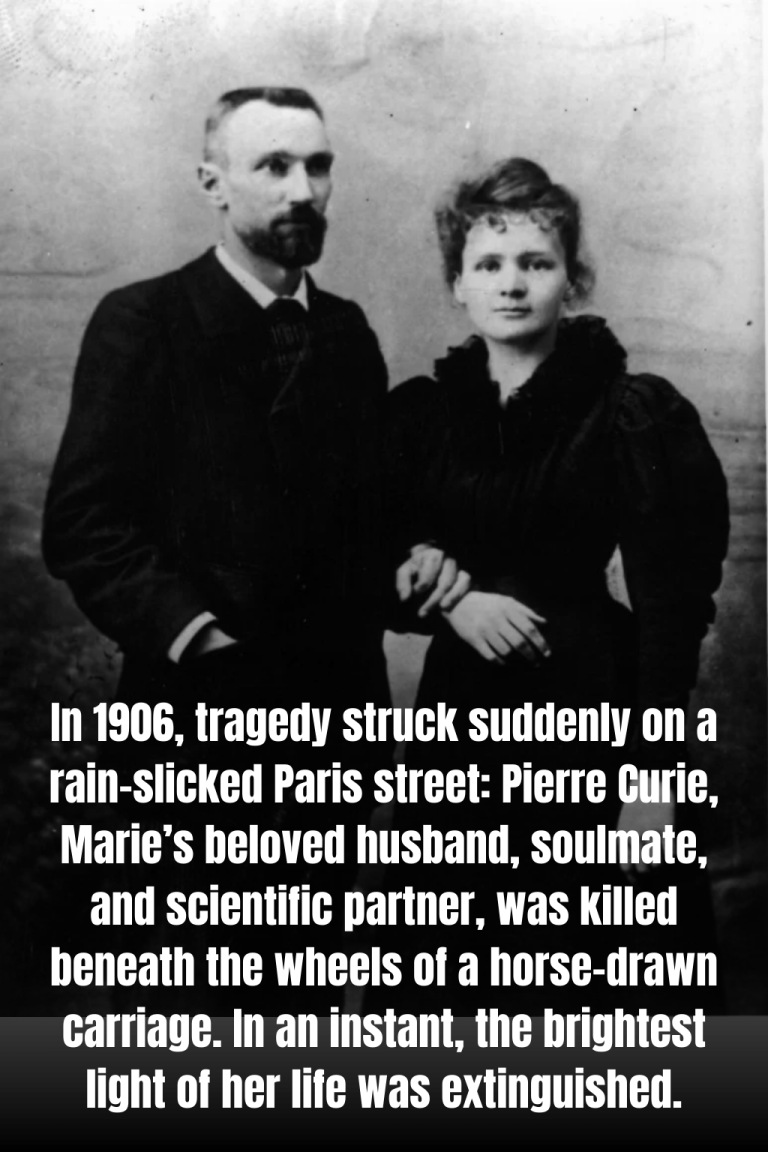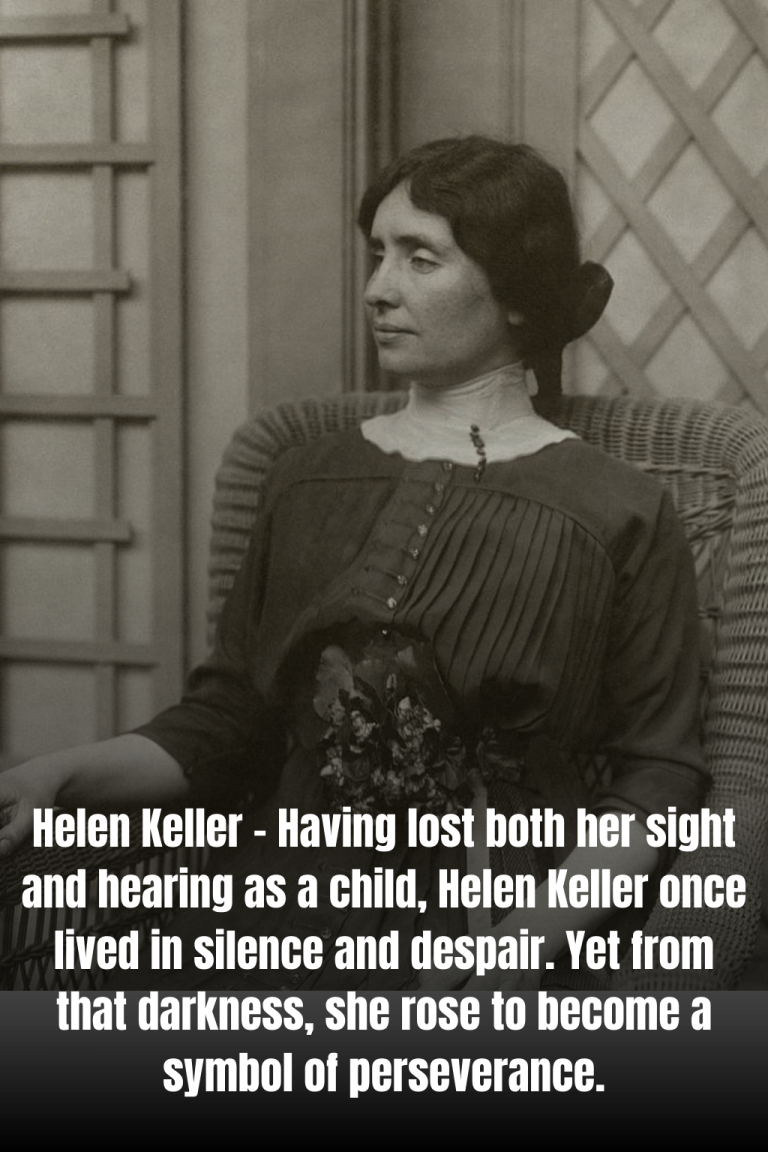The Stolen Brain of Albert Einstein
On the night of April 18, 1955, at Princeton Hospital, Albert Einstein—the man who changed humanity’s understanding of the universe—took his final breath. His last wish was clear: his body should be cremated, his ashes scattered, so that no one would turn him into an object of worship.
But in the cold, sterile room of the autopsy, a chilling act unfolded. Dr. Thomas Stoltz Harvey, with trembling hands and an obsessive gaze, opened the skull of the genius and secretly removed his brain. No permission. No consent. A forbidden ritual disguised as science.
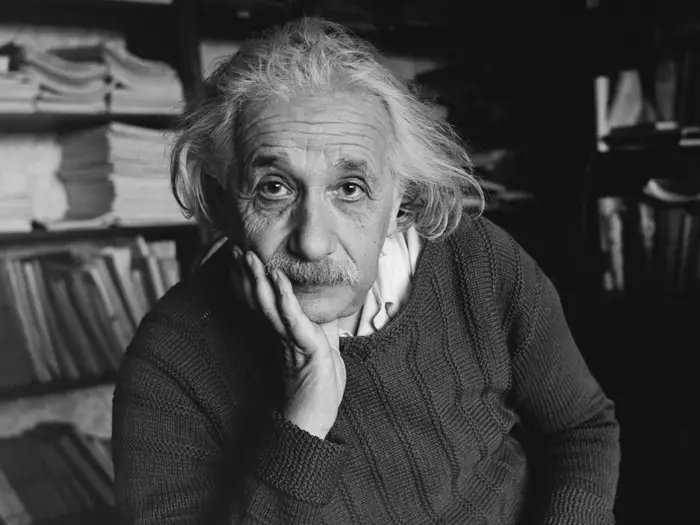
A Dark Journey
Einstein’s brain never rested with him. Harvey sliced it into hundreds of fragments, preserved them in formaldehyde, and stored them in glass jars. At times, he kept them in an ordinary cookie box, moving them from place to place as though hiding a cursed relic.
For decades, the brain drifted through Harvey’s lonely life, following him across America, locked away in silence, as if waiting for an answer to the mystery of Einstein’s unparalleled mind.

Discoveries and a Curse
When some fragments were finally studied, scientists were stunned: Einstein’s parietal lobes had unusual shapes, with more nerve cells than most humans. Could this explain the extraordinary power of his imagination?
Yet the discovery was shadowed by tragedy. Harvey lost his job, his reputation crumbled, and he lived in obscurity, bound to the jars as though under a curse. Near the end of his life, he returned what remained of the brain to Princeton University.

An Unfinished Mystery
Today, fragments of Einstein’s brain are displayed in museums, while others remain hidden in archives. But haunting questions linger:
-
Did Einstein truly want his intellect dissected?
-
Was the brain a key to genius—or merely proof of humanity’s obsession with it?
-
And if geniuses have souls, does Einstein still look down in anger at this betrayal?
Einstein’s stolen brain remains one of the most chilling enigmas of the 20th century—half relic, half legend, forever unsettling.
